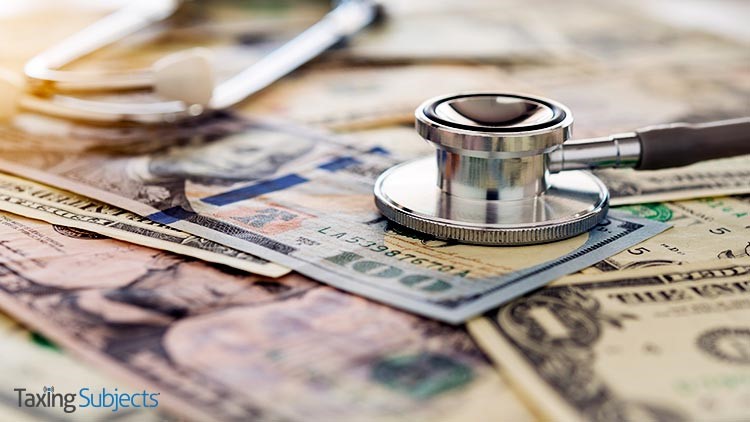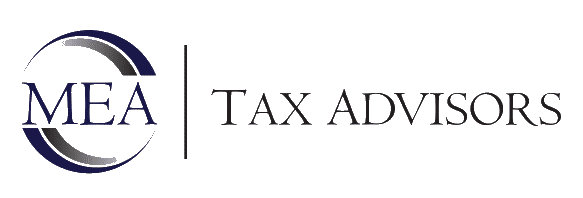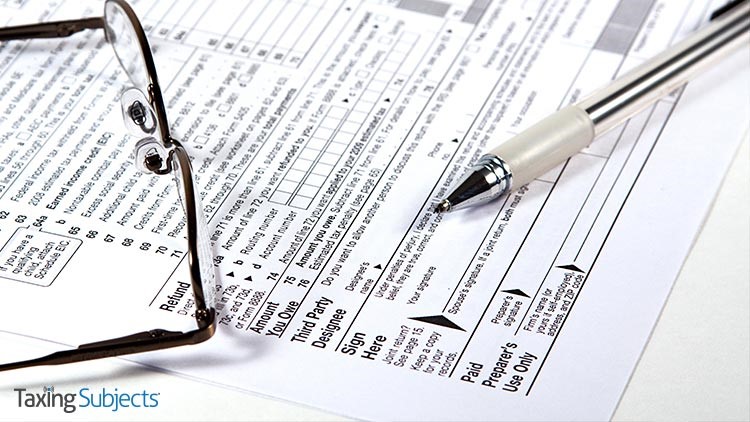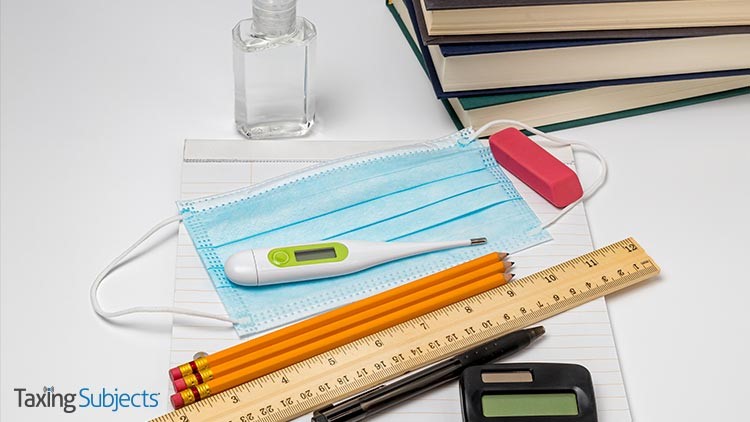by MEA Tax Advisors | Feb 10, 2021 | Tax Tips and News
Taxpayers may be aware that the Families First Coronavirus Response Act (FFCRA) includes a refundable tax credit for eligible employers who provide COVID-related sick and family leave. What some might not know is that this credit is also available for self-employed individuals, and a new form from the Internal Revenue Service makes claiming it straightforward.
What form should self-employed individuals use to claim FFCRA sick leave and family leave tax credits?
The IRS this week announced that Form 7202, Credits for Sick Leave and Family Leave for Certain Self-Employed Individuals, is now available for download on IRS.gov. In addition to completing Form 7202, the agency notes that eligible self-employed individuals will need to make sure they claim the credit on the appropriate Form 1040:
- 2020 Form 1040 for leave taken between April 1, 2020, and December 31, 2020
- 2021 Form 1040 for leave taken between January 1, 2021, and March 31, 2021
When calculating the amount of the sick leave or family leave tax credit, the IRS suggests checking out sections 61 and 63 under “Special Issues for Employees” on IRS.gov.
Which self-employed individuals can claim the FFCRA sick and family leave tax credit?
The IRS says that self-employed individuals must have documentation showing that COVID-19 caused them to be “unable to work or telework for reasons relating to their own health or to care for a family member.” And the Department of Labor lists these six reasons that employees, in general, can qualify for FFCRA paid sick leave:
- is subject to a Federal, State, or local quarantine or isolation order related to COVID-19;
- has been advised by a health care provider to self-quarantine related to COVID-19;
- is experiencing COVID-19 symptoms and is seeking a medical diagnosis;
- is caring for an individual subject to an order described in (1) or self-quarantine as described in (2);
- is caring for a child whose school or place of care is closed (or child care provider is unavailable) for reasons related to COVID-19; or
- is experiencing any other substantially-similar condition specified by the Secretary of Health and Human Services, in consultation with the Secretaries of Labor and Treasury.
Self-employed individuals will also need to confirm that their trade or business “qualifies as self-employment income” and that they are “eligible to receive qualified sick or family leave wages under the Emergency Paid Sick Leave Act as if [they were] an employee.”
For more information about Form 7202 and other coronavirus tax relief, check out these IRS resources:
Source: IR-2021-31
– Story provided by TaxingSubjects.com
by MEA Tax Advisors | Feb 8, 2021 | Tax Tips and News
The Internal Revenue Service is reminding taxpayers that the best tax professionals are those who always sign the returns they’ve prepared. These so-called “ghost preparers” refuse to sign the returns they prepare—whether physically or digitally—getting the taxpayer to sign the return while the preparer remains anonymous.
The IRS notes that, regardless of who prepares the return, taxpayers are “ultimately responsible for [the accuracy of their tax return].” In addition to possible issues with accuracy, these ghost preparers can present an identity theft and tax refund fraud risk.
It’s the law
By law, anyone who is paid to prepare—or assists in preparing—federal tax returns must have a valid Preparer Tax Identification Number, or PTIN. Paid preparers must sign and include their PTIN on the return.
Not signing a return could be a red flag of questionable behavior, including promises of a big refund and charging fees based on the size of the taxpayer’s refund.
The IRS says taxpayers should also avoid using tax preparers who:
- Require payment in cash only and do not provide a receipt.
- Invent income to qualify their clients for tax credits.
- Claim fake deductions to boost the size of the refund.
- Direct refunds into their bank account, not the taxpayer’s account.
Homework pays off
The IRS urges taxpayers to choose their tax professional wisely. The Choosing a Tax Professional page on IRS.gov has information about tax preparer credentials and qualifications.
The IRS Directory of Federal Tax Return Preparers with Credentials and Select Qualifications can help identify many preparers by the type of their credentials or qualifications.
No matter who prepares the return, the IRS says taxpayers should review it carefully and ask questions about anything that’s not clear before signing. They should also verify both their routing and bank account numbers on the completed return with a direct deposit refund.
Taxpayers should also watch out for preparers who put their own bank account information onto their return instead of the taxpayer’s.
Source: IR-2021-30
– Story provided by TaxingSubjects.com
by MEA Tax Advisors | Feb 6, 2021 | Tax Tips and News
Since the coronavirus pandemic began, we’ve heard a lot about front-line health care workers and their risks. Now, we’ve come to know that teachers face risks of their own.
To help mitigate those risks, eligible educators can now deduct their unreimbursed expenses for personal protective equipment (PPE) to help stop the spread of the virus in the classroom.
Rev. Proc. 2021-15 provides guidance for educators on their expenses under the COVID-related Tax Relief Act of 2020, enacted as part of the Consolidated Appropriations Act, 2021.
The new law clarifies that unreimbursed expenses paid or incurred after March 12, 2020, by eligible educators for protective items to stop the spread of COVID-19 qualify for the educator expense deduction.
Covered COVID-19 protective items include, but are not limited to:
- face masks;
- disinfectant for use against COVID-19;
- hand soap;
- hand sanitizer;
- disposable gloves;
- tape, paint or chalk to guide social distancing;
- physical barriers (for example, clear plexiglass);
- air purifiers; and
- other items recommended by the Centers for Disease Control and Prevention (CDC) to be used for the prevention of the spread of COVID-19.
Educator expense deduction rules permit eligible educators to deduct up to $250 of their qualified expenses per year. The deduction rises to $500 if both spouses are eligible educators and they file married filing jointly. In either case, the deduction is limited to $250 each.
Eligible educators include anyone who is a kindergarten through grade-12 teacher, instructor, counselor, principal or aide in a school for at least 900 hours during a school year.
This deduction is for expenses paid or incurred during the tax year. Taxpayers can claim the deduction on Form 1040, Form 1040-SR, or Form 1040-NR (attach Schedule 1 (Form 1040).
For more information on the deduction for expenses of an eligible educator, see the Instructions for Form 1040 and Form 1040-SR, or the Instructions for Form 1040-NR.
Details on this provision, the Tax Relief Act of 2020 and other tax changes can be found on the IRS website, IRS.gov.
– Story provided by TaxingSubjects.com



